SHARES
Western Digital is a brand name that has always been associated with computer storage, though traditionally the mechanical kind as opposed to the increasingly prevalent flash kind. WD made the fundamental leap in 2015 with the announcement that they would purchase flash memory giant Sandisk. This transformed WD into a storage powerhouse with a product portfolio able to compete with anyone in the market.
Here for review we have one of the fruits of the new Western Digital: the WD Blue 1Tb SSD. Rather than go all out and instantly try to compete with performance oriented NVMe drives like the Samsung 950/960 Pro series or Intel 750, WD instead went with the more value oriented SATA interface, aiming to offer a value drive in 250Gb, 500Gb and 1Tb capacities that will be equally at home in modest consumer systems, laptop upgrades or as a HDD replacing storage solution for enthusiasts. WD’s drive line up follows the same recognizable segmentation as their HDD range, denoted by their Green, Blue, Black etc product branding.
Specifications
Here are the specifications straight from WD. While the drive we have on hand is the 2.5″ variety, there are also M.2 versions available in the 2280 form factor.
As is typical with SSD, the larger capacity drives have slightly higher performance levels that are typically bottlenecked by the SATA interface in all but the cheapest 2017 era SSD’s. The warranty is 3 years (limited) which is probably a little lower than we’d like given the very good endurance rating.
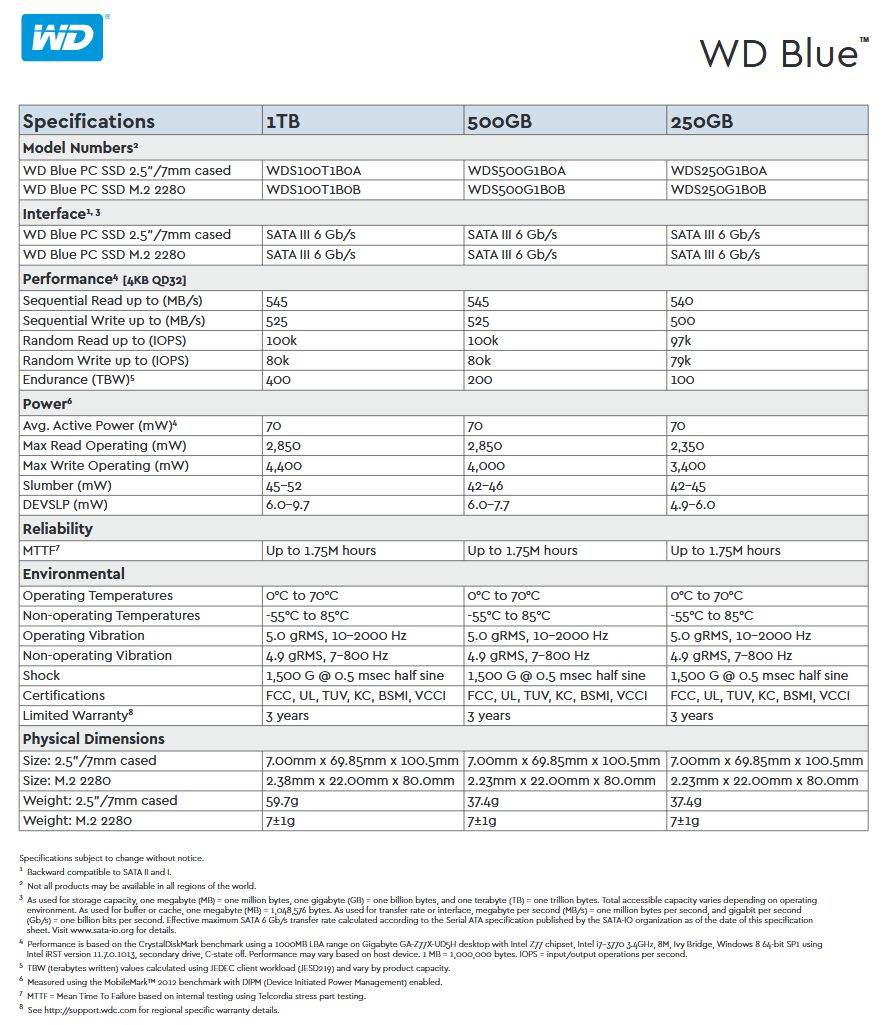
A Closer Look
There’s not much to talk about regarding the box.
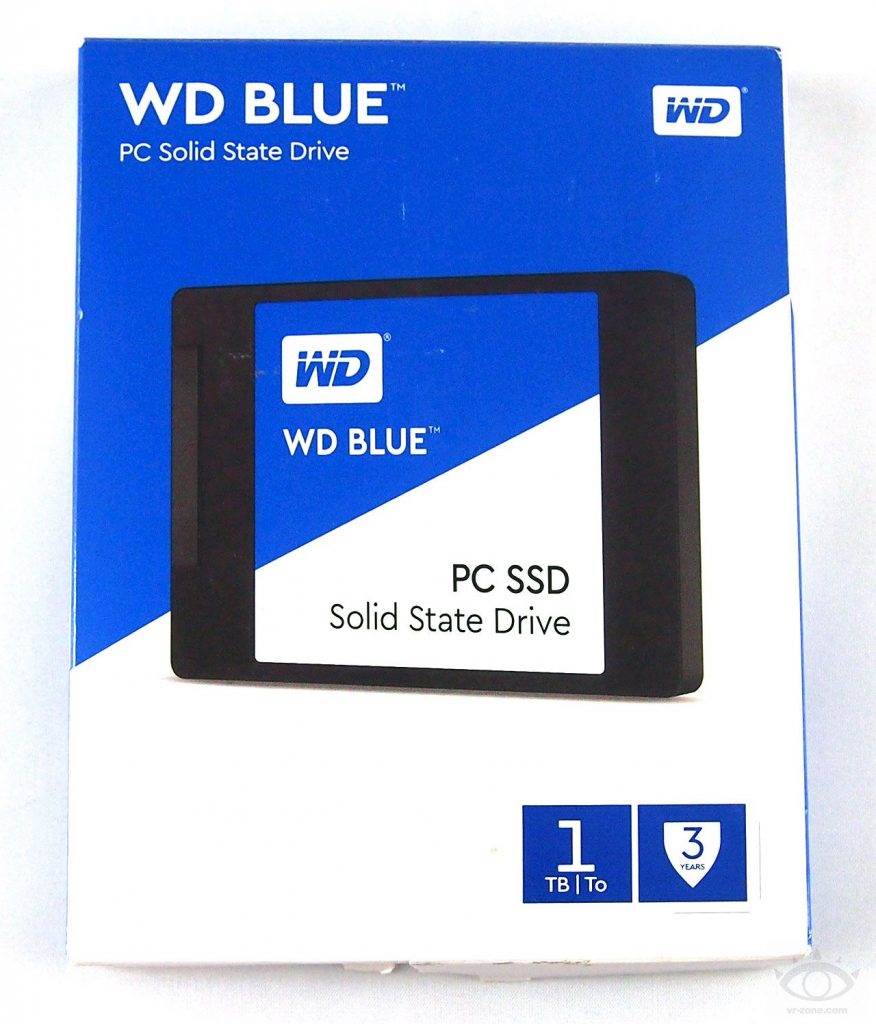
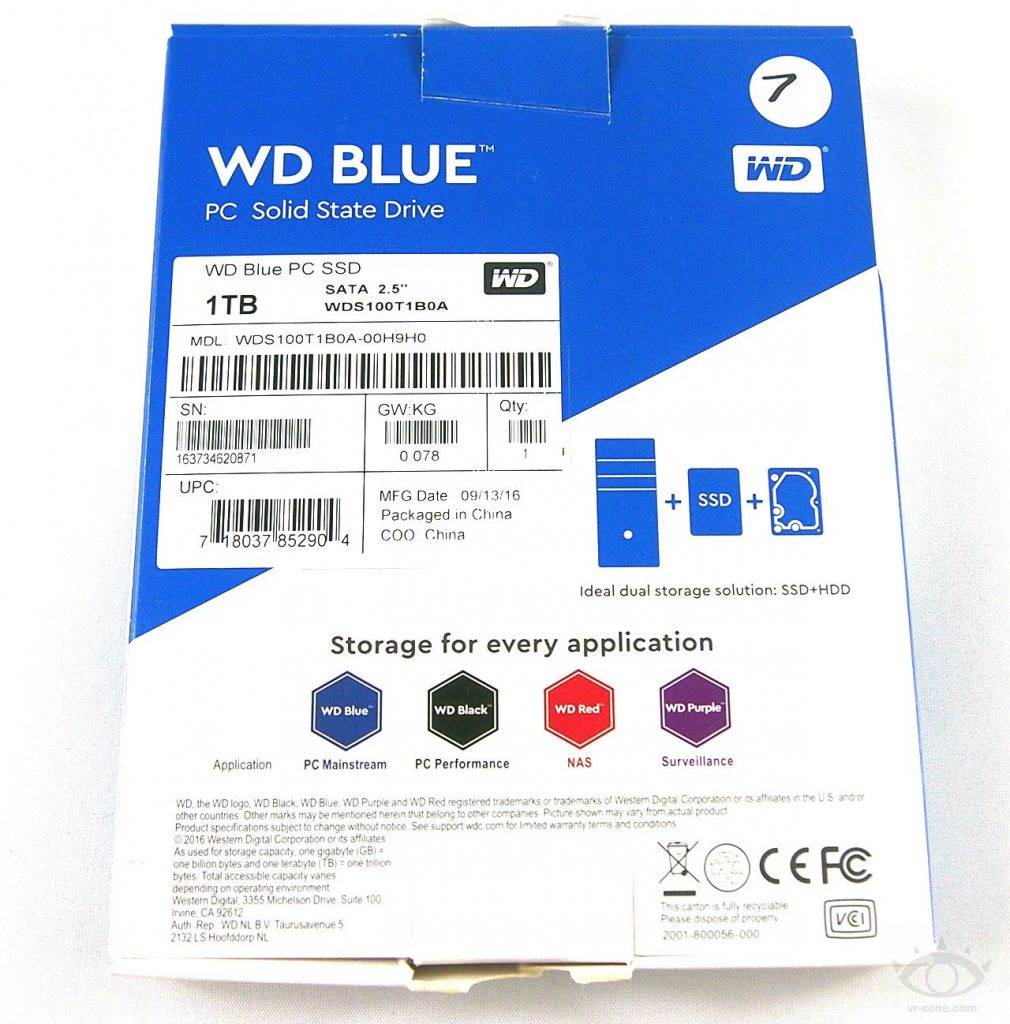
The box contains the drive itself in a plastic shell. There is nothing else included.
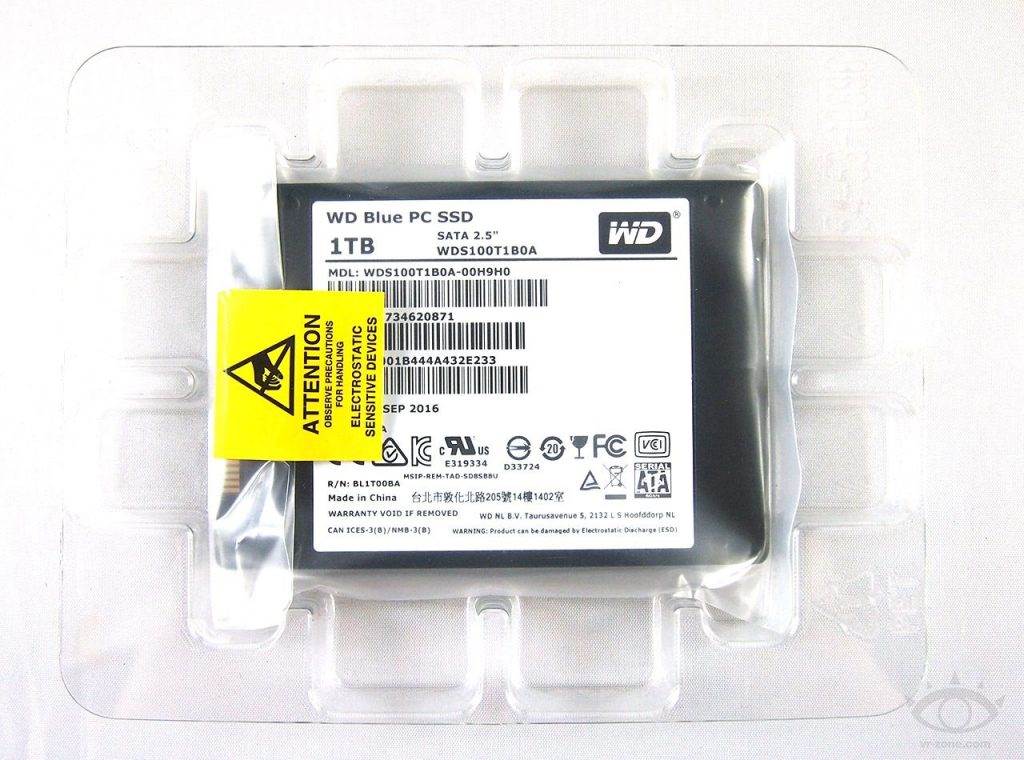
SSD’s are hardly the most attractive PC parts. We appreciate SSD’s more for their beautiful performance instead of their aesthetics. Now that we think about it.. will we ever see RGB SSD’s? It’s only a matter of time since we all know RGB makes things go faster….
On the rear we have all the model information as well as regulatory approvals.
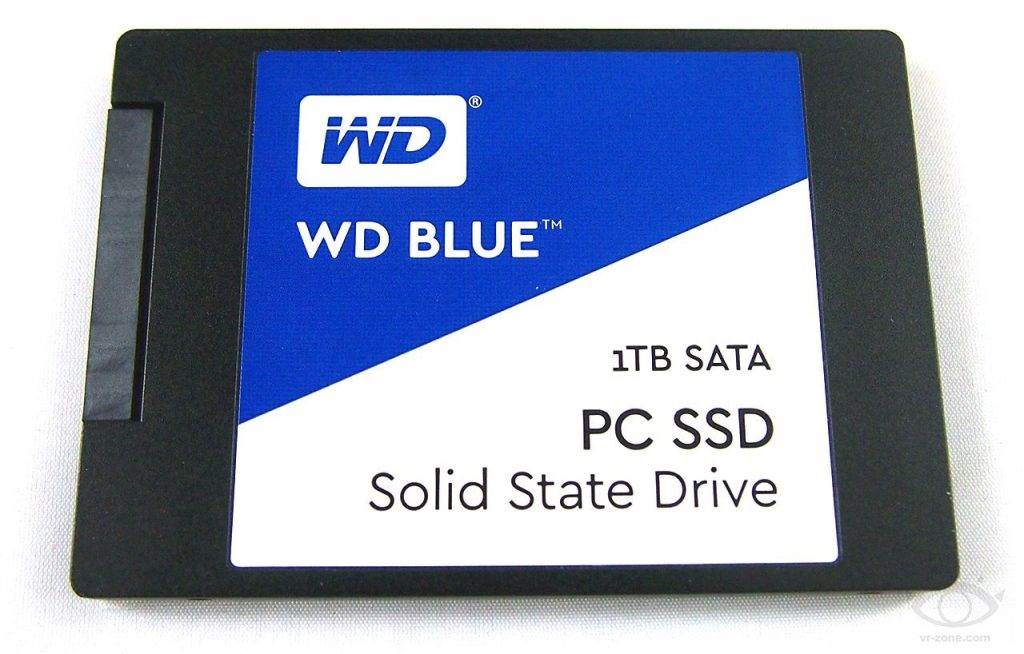
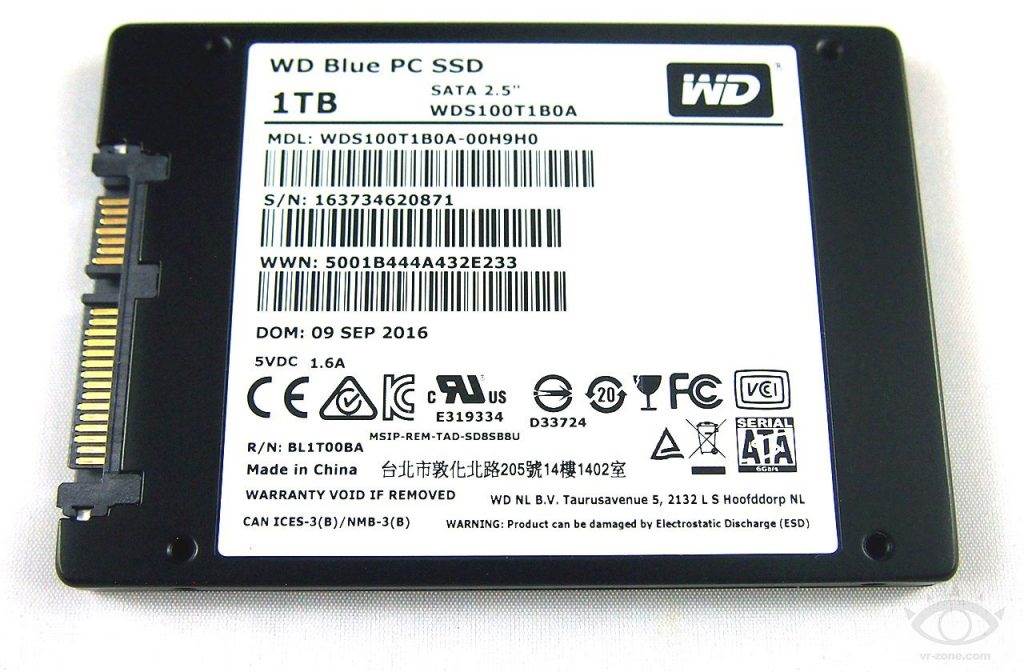
Here is the PCB of the WD 1Tb Blue SSD.
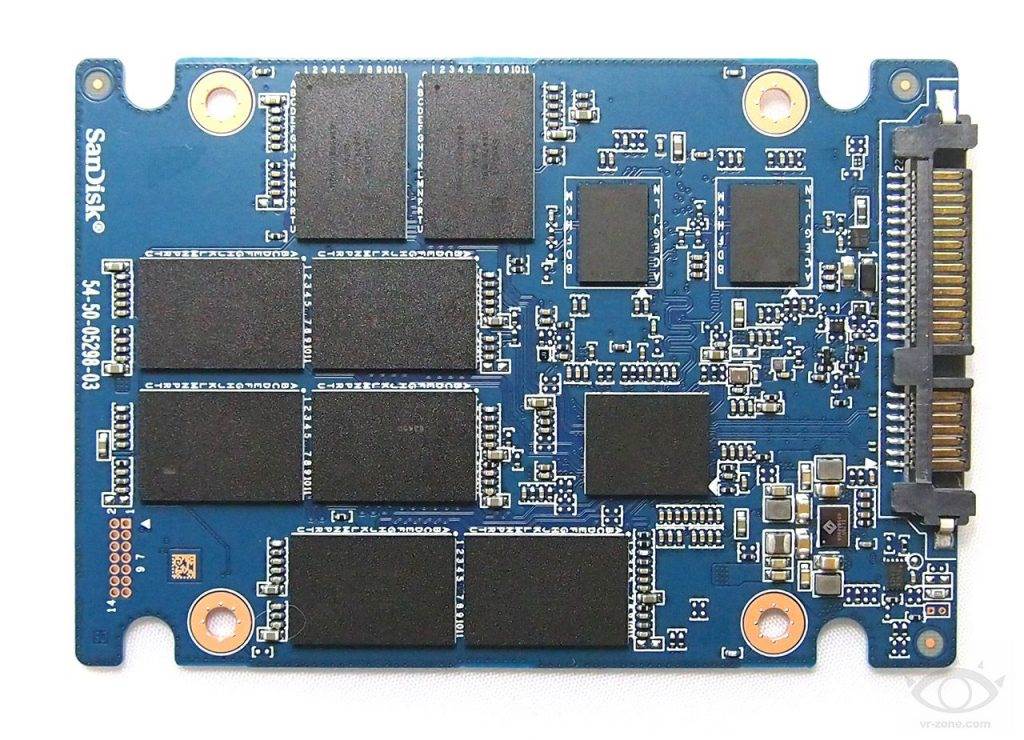
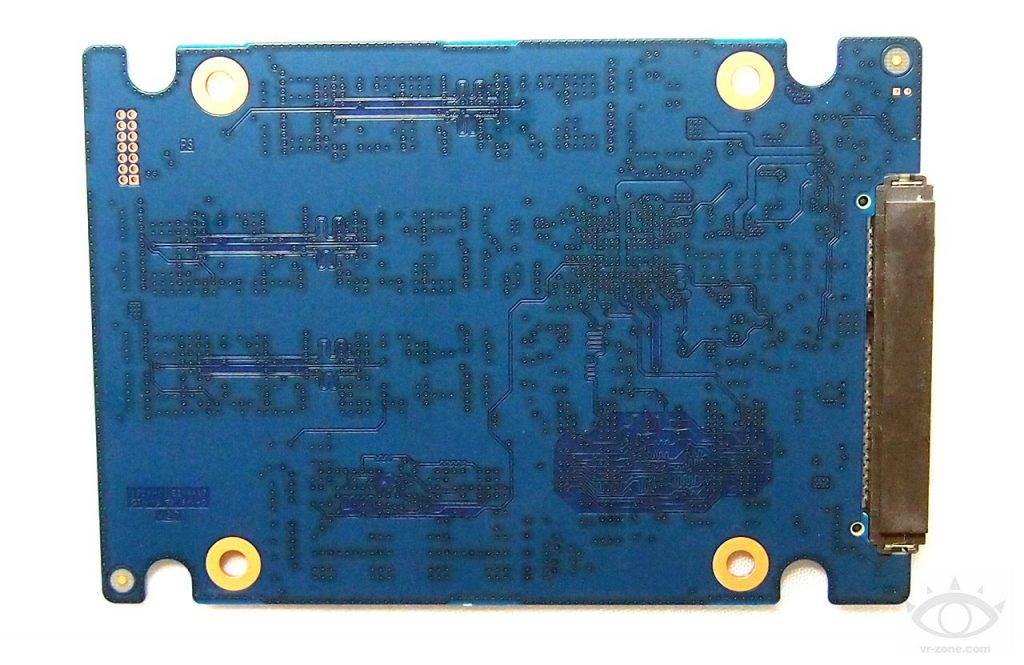
The single sided PCB is cooled by this metal lid with a thermal pad that makes contact with all the key components.
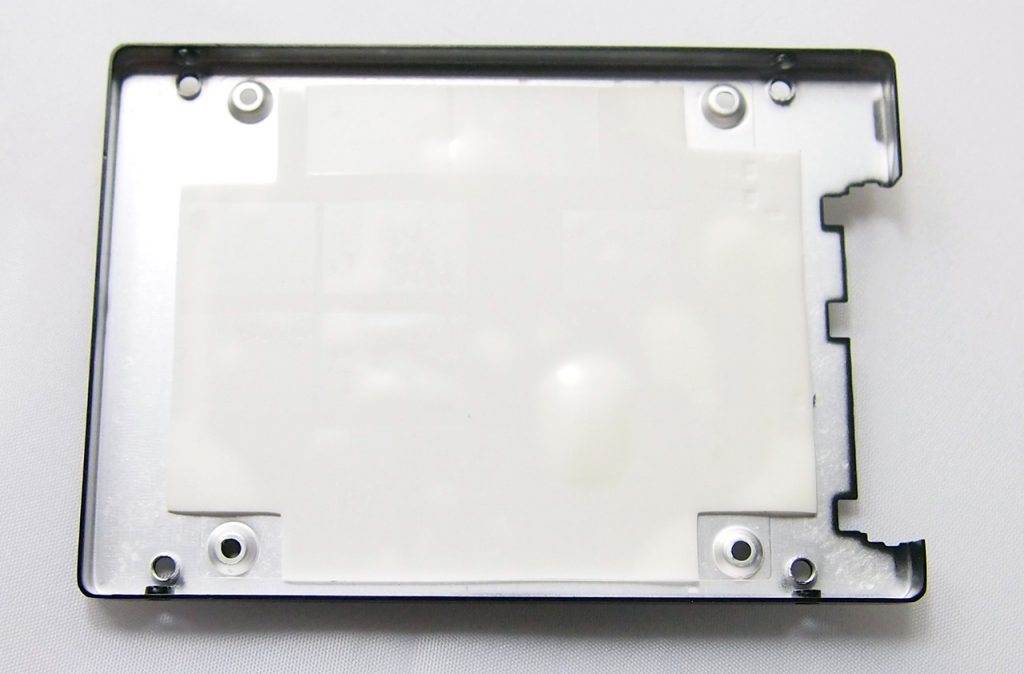
A Marvell 88SS1074 controller powers the WD Blue SSD. This is an off the shelf controller used by many vendors in their value SSD ranges. It supports a wide rand of NAND packages. One of the key features is support for a deep sleep mode which reduces idle power into the low mW range. This is a useful feature for laptops and battery life.
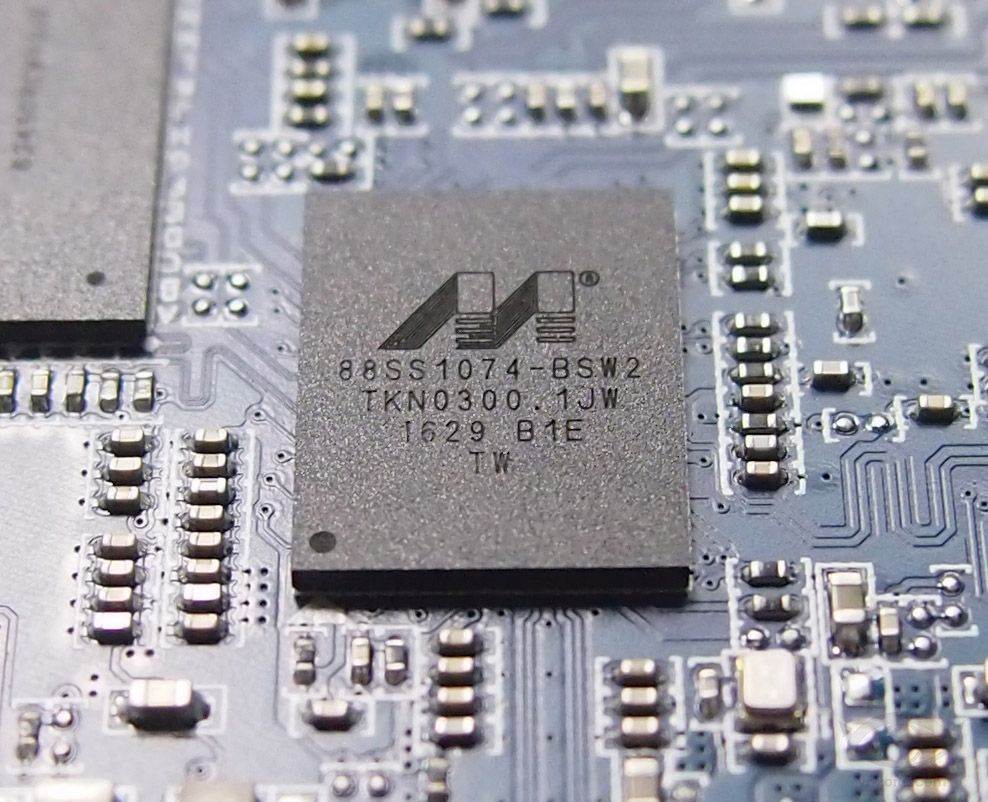
The cache is made up of two of these Micron 512Mb DDR3 DRAM chips.
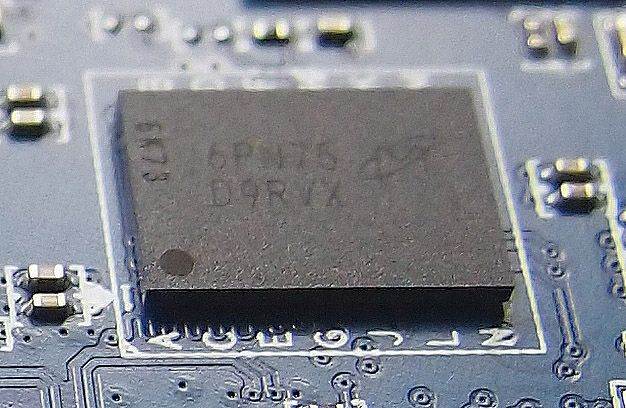
There are a total of 8 128Gb TLC NAND packages populating the PCB. This gives a total of 1024Gb, meaning there is a 24Gb of reserve area Interestingly, WD rates the 1Tb Blue SSD as having a 400 TBW (terabytes written) endurance rating. This is a very competitive rating and means the WD drive should be well suited to heavy workloads and a theoretical long lifetime.
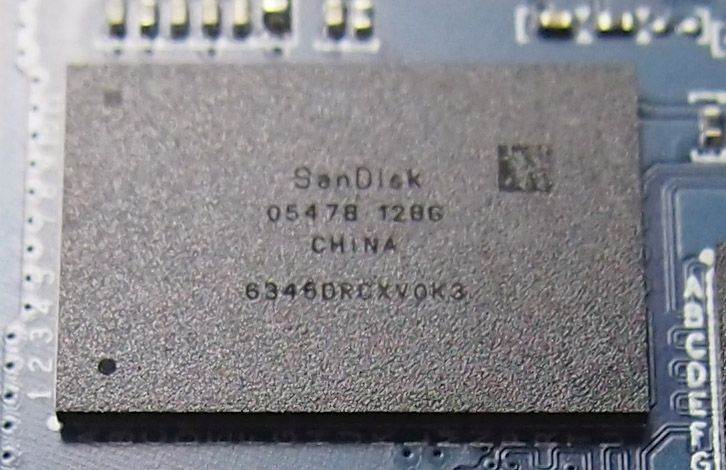
Test Setup and Benchmarks

Anvil is a great SSD test because it tests not only transfer performance, but adds IOPS and access times too. The overall score puts it in the middle of the pack as far as TLC results go.
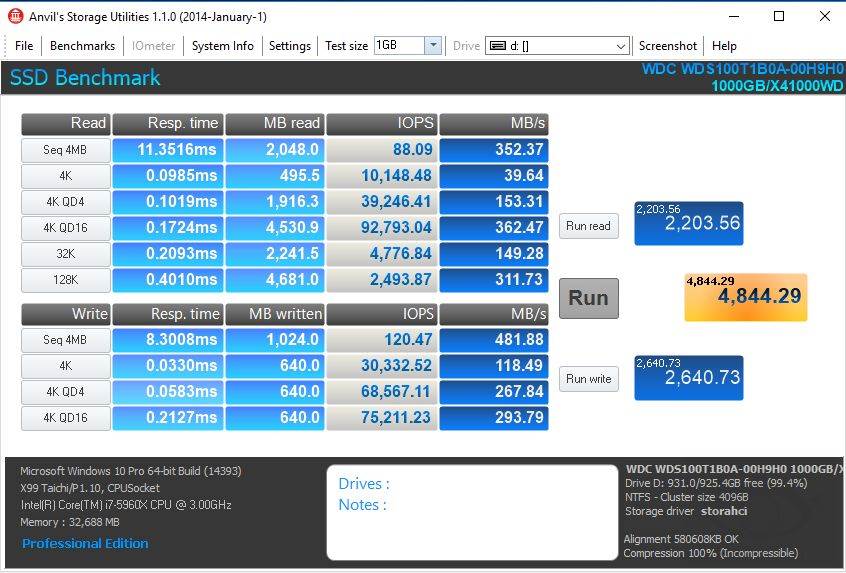
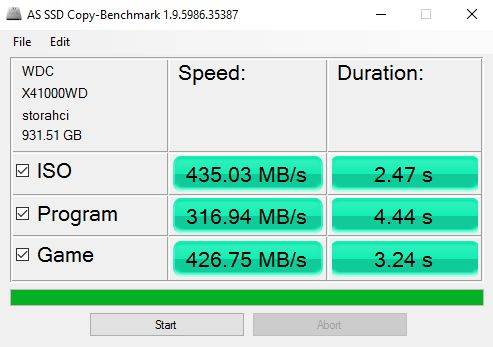
AS-SSD performance is about right where we’d expect it to be for a modern TLC NAND SSD, thought he 4K read and write is a little lower than we’d like it to be, this isn’t a problem ans the overall score is still 1177 which only the top drives like the Samsung 850 Pro series beat.
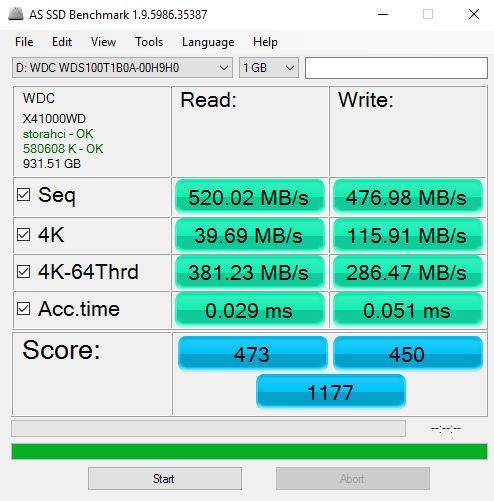
ATTO Disk Benchmark a old benchmark and shows the drives peak performance specifications. Here we see the drive max out the SATA bus which is typical for modern SATA SSD’s
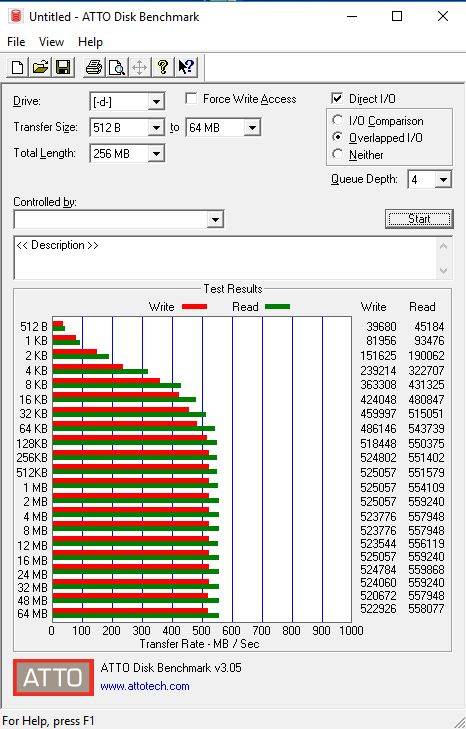
CrystalDiskMark shows similar maximum SATA speed in the sequential reading with 553MB/s read and 525MB/s write. We are impressed with the 4K read and write results . Though we are not focusing on comparisons here due to only having smaller (and generally lesser performing) drives on hand, we will say that the 4K read results is the fastest we have tested.
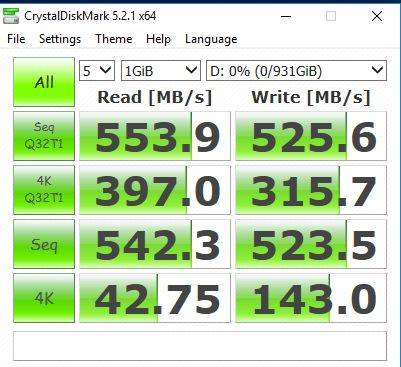
Conclusion
Performance wise, the 1Tb WD Blue SSD performed well though unspectacular. SATA SSD’s are quickly losing ground to NVMe drives as the preferred choice for a OS drive. Of course WD also cater to the NVMe market and we’d definitely like to get one of their Black SSD’s to test out. As it stands, the WD Blue SSD provides solid, though unspectacular performance in a highly competitive space. This makes value a significant weighting in our recommendation. At the time of writing, Newegg is selling the WD Blue 1tb for just $260, making it one of the cheapest 2.5″ 1Tb SSD’s available. If you can find the WD Blue SSD on sale or discounted, then it’s a no brainer.
The drive’s 3 year warranty is not exceptional, though with a 1.75M hour mean time before failure, we hope that the drive will last a few hundred years before needing to worry about it! An endurance rating of 400 Terabyte writes is also very strong and should inspire confidence in the longevity of the drive.
If you need the capacity in a notebook, you will be well served by the performance/price ratio as well as the low power usage. We can also see this drive being a very good choice for something like a Steam game library in conjunction with a small capacity NVMe drive as the primary C drive. Though using a SSD a a storage drive is not the most economical route, it sure is a fast and quiet one and one that many enthusiasts would be happy to use it for.
With the price dropping steadily, it is now one of the best value drives available and we have no hesitation in recommending the WD Blue 1TB SSD.



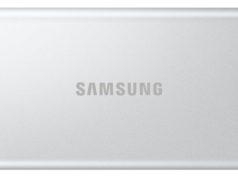



![[Video] Samsung Outlines AI Vision at The First Look 2026](https://loginby.com/itnews/wp-content/uploads/2026/01/Video-Samsung-Outlines-AI-Vision-at-The-First-Look-2026-100x75.jpg)

